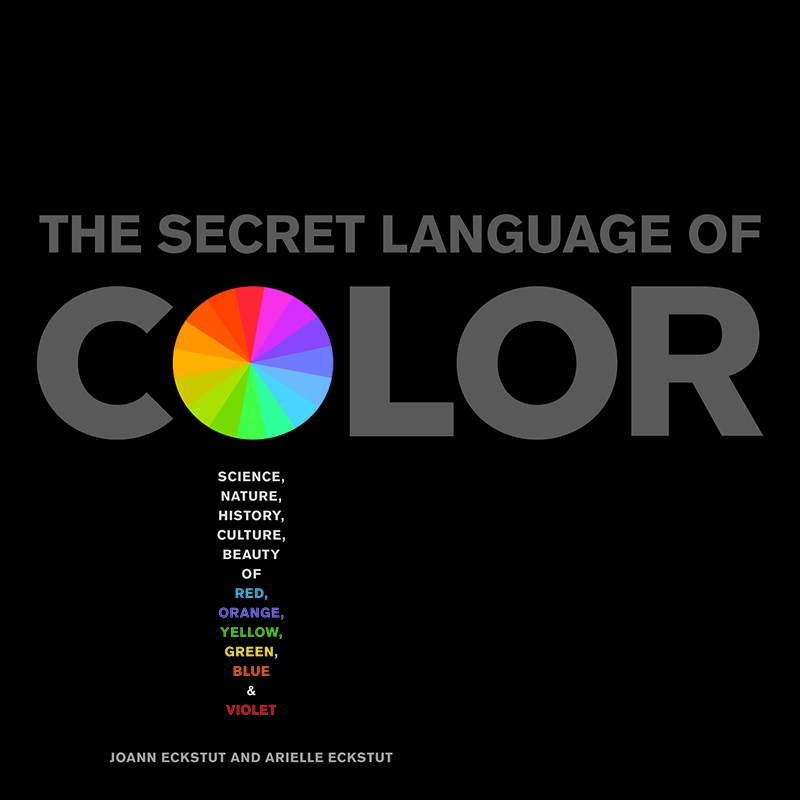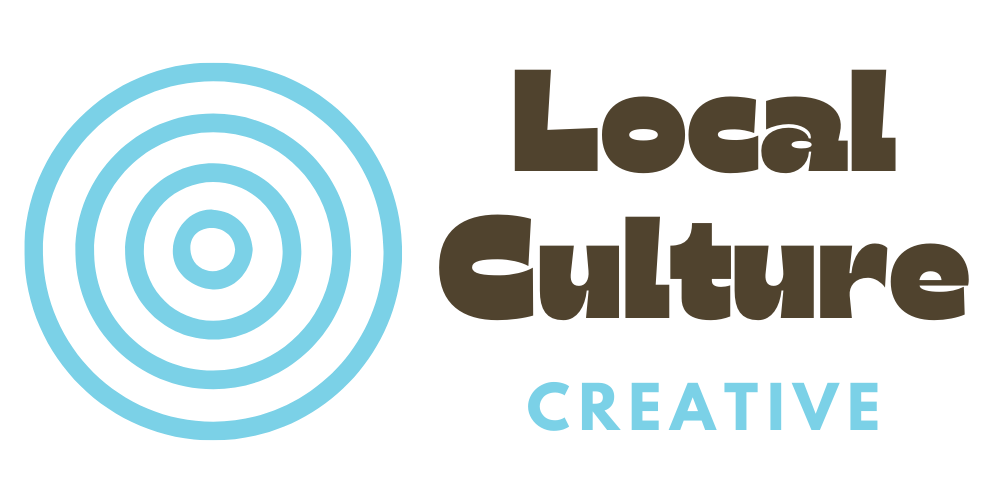For The Secret Language of Color, the mother-daughter pair of Joann and Arielle Eckstut teamed up for an extensive look at the science and culture of the light we experience as color. Joann, an interior designer, and Arielle, an author, are both on the "color czar" committee of the Color Association of the United States, choosing the palette that dominates industry trends each year. We spoke with the Eckstuts over the phone last week about the book, The Dress and the unobserved beauty behind the colors we see.
What was the most exciting fact you discovered while writing the book?
JE: The huge aha moment was when we fully came to understand that there really is no such thing as color, in terms of no object is inherently colored. It is solely us, or any animal, perceiving a color. It's completely dependent on the brain that that animal has. Some animals will only see shades of black and white and others will see literally millions more colors than we do.
What decisions go into the process of creating the Color Association's yearly color card palette?
JE: These trends are there to give people ideas. Often the designers on this committee create the ideas themselves or they look to other industries like fashion to get ideas that are up and coming. From my perspective, these color cards are merely there to give creative ideas. If you're going to do your living room or design your whole home, I would never recommend basing it on a trend for one year.
AE: There are certain industries, like the automobile industry, where the wrong color choice has very big consequences, because a car costs so much money. I don't know if you noticed it, but last year most major car companies came out with an orange car. That was a pretty radical choice and from what I saw, I don't think it worked out that well for anyone.
As people tuned into the way color works, what was your impression of The Dress meme earlier this year?
AE: We loved this so much, that dress was the most perfect image for showing that color does not exist without a brain. And that brains interpret colors differently. It showed a very strange split in human brains that we don't normally see with color.
JE: I wish that photo came out before we wrote our book 'cause it was such an interesting thing to talk about and help people see in one moment what the essence of our book is about.
The Secret Language of Color
Free, 11:15am Sat, Apr 11, The Studio, Ursuline Campus, Southwest School of Art, 300 Augusta, (210) 224-1848, saplf.org


















